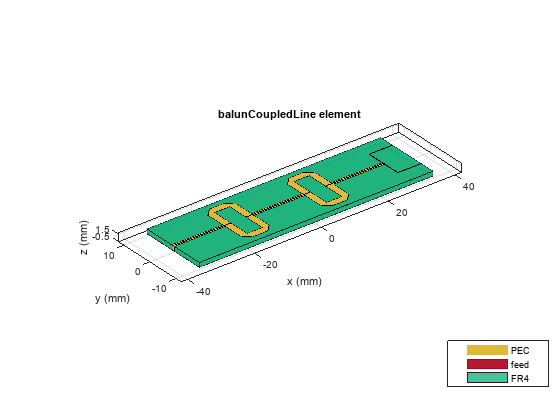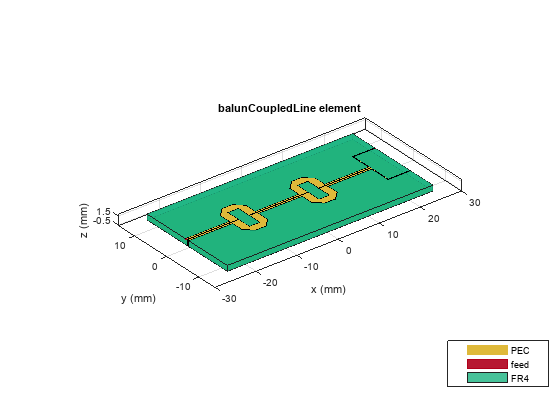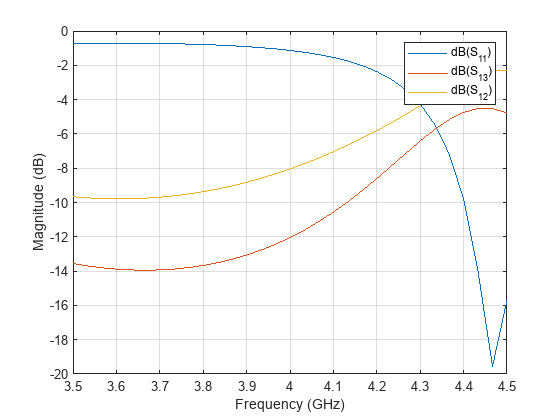designOutputLine
Description
[
calculates the dimensions of the output line section of a coupled-line balun
around a specified frequency. Length,Width] = designOutputLine(balunobj,frequency)
Note
designOutputLine is the third step in designing a
coupled line balun. This function is preceded by designCoupledLine and designUncoupledLine as the first and second step,
respectively.
___ = designOutputLine(___,
calculates the dimensions of the output line section of a coupled-line balun
with additional options specified using name-value arguments.Name=Value)
Note
PCB components designed using the design function
operate around the specified frequency with a 10-15% tolerance.
Examples
Input Arguments
Name-Value Arguments
Output Arguments
Version History
Introduced in R2022a


